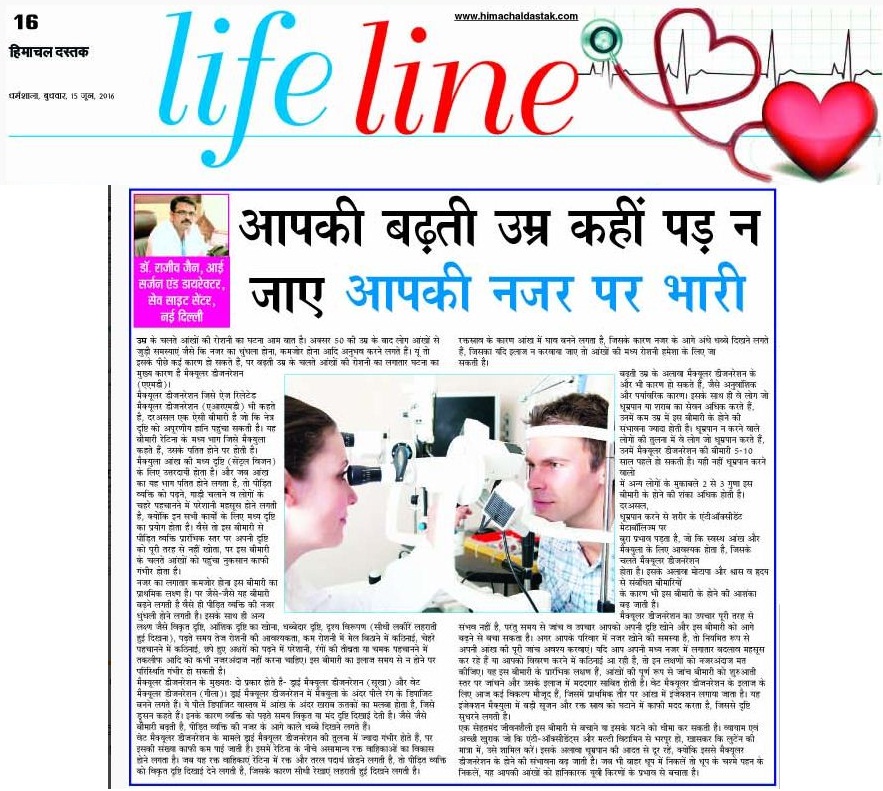Eye Fatigue, while driving can be monitored by controlling Light Levels inside the car. Use light judiciously inside the car. Higher light levels inside the car can further compromise night vision by making eyes much slower to adapt to low levels of light.
Some drivers may also want to consider dimming internal displays. This is actually a trick some professional drivers use to reduce Eye Fatigue, and it can come in handy if brightly lit dials are aggravating the eyes. When push comes to shove, be certain that one can actually read important details such as speed and gas levels.
If one feels difficulty in driving and experiences headaches, do consult a Eye Doctor at the earliest.
So this week let's practise Healthy Driving and make the road safer.
Some drivers may also want to consider dimming internal displays. This is actually a trick some professional drivers use to reduce Eye Fatigue, and it can come in handy if brightly lit dials are aggravating the eyes. When push comes to shove, be certain that one can actually read important details such as speed and gas levels.
If one feels difficulty in driving and experiences headaches, do consult a Eye Doctor at the earliest.
So this week let's practise Healthy Driving and make the road safer.

























